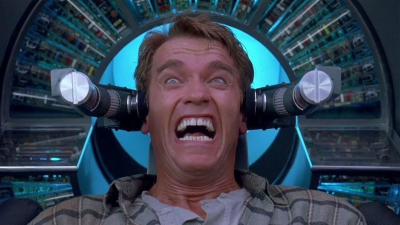 We’ve all experienced that rush of recollection when we uncover some long-hidden or long-lost object from our past in the bottom of a drawer or box, triggering memories of encounters, activities, people, and places. We’re accustomed to the idea that we use evocative things as stored memories, deliberately or inadvertently, and as distributed extensions of our embodied memory (e.g. Heersmink 2018). Is it the same with digital objects? For example, van Dijck asks:
We’ve all experienced that rush of recollection when we uncover some long-hidden or long-lost object from our past in the bottom of a drawer or box, triggering memories of encounters, activities, people, and places. We’re accustomed to the idea that we use evocative things as stored memories, deliberately or inadvertently, and as distributed extensions of our embodied memory (e.g. Heersmink 2018). Is it the same with digital objects? For example, van Dijck asks:
Are analog and digital objects interchangeable in the making, storing, and recalling of memories? Do digital objects change our inscription and remembrance of lived experience, and do they affect the memory process in our brains? (2007, xii).
Perhaps it’s a neurosis brought on by the contemplation of my excavation backlog, but I think there is a difference: that not all analog objects are equally interchangeable with digital equivalents in terms of their functioning as distributed memories, and that this difference is significant when we consider the archaeological narratives we are able to construct from our digital records. It may be that this perspective is coloured by the physical nature of my backlog from the 1980s and 1990s which for various reasons sits on the cusp of analog/digital recording. Although Ruth Tringham recalls how in the 1980s the digital recording of hitherto paper records was distrusted (Tringham 2010, 87), not least due to concerns about the fragility of the hardware and impermanence of the product, in my case it was rather more prosaic: as someone working with computers full-time in my day job I had no desire to turn my excavation experience into a busman’s holiday as the on-site computer technician. The downside was that I subsequently gave myself the monumental task of manually entering the record sheets into the database and scanning/digitising the plans and sections in the off-season. In retrospect, however, this provides the opportunity to consider the different affordances of the two sets of analog and digital records, a perception that is reinforced by the pre-pandemic experience of packing my office which incorporated two days of sorting and moving the physical archive and about five minutes transferring the digital files.


